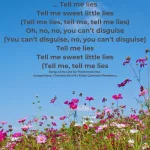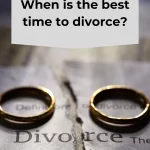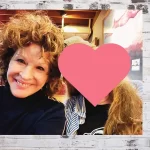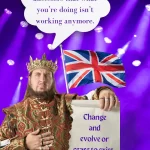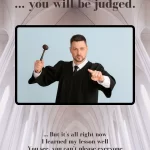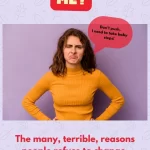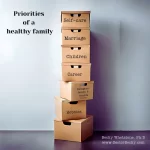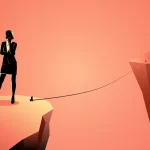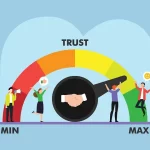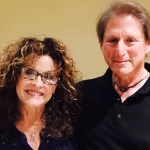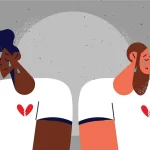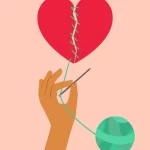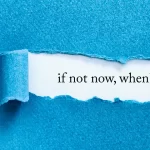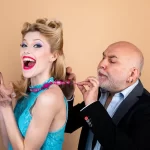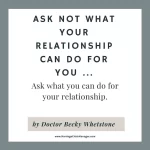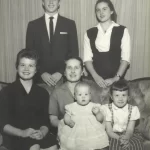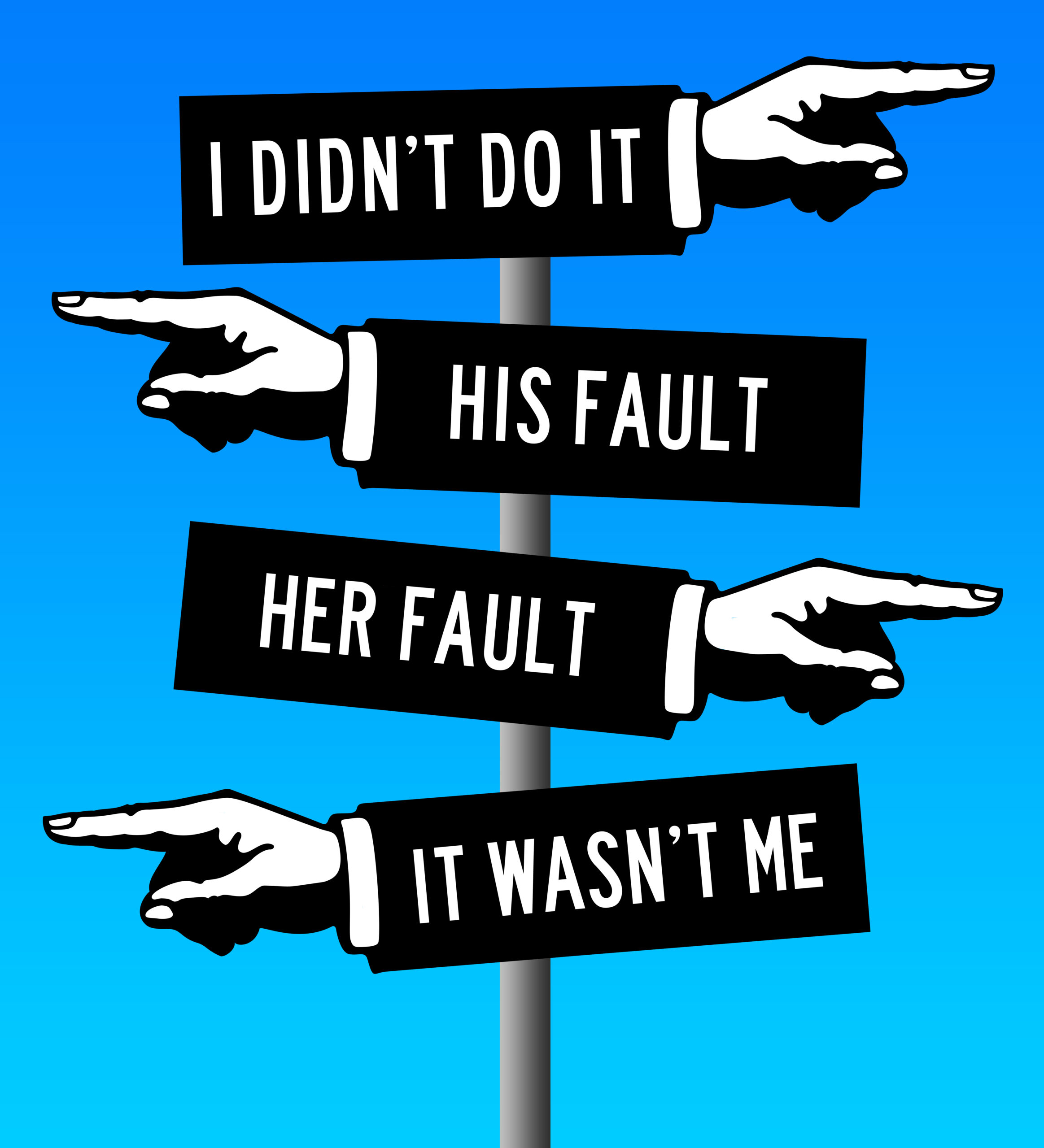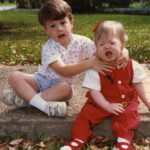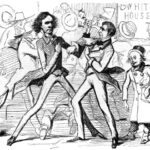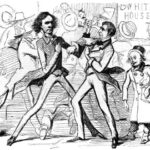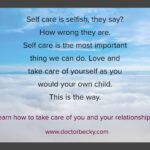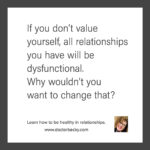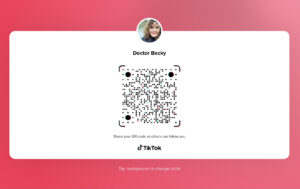Jenny was only 18-years-old, and my heart ached to see her cry over the loss of her first love. It was one year after it had ended, and her father was so worried about her withdrawing and isolating from friends and activities that he sent her to me to see if I could help. In our first session, Jenny admitted that she didn’t want to come to counseling because she felt she already knew what to do, and that was to not trust people, “It’s not worth the risk,” she said. “I don’t want to hurt again.”
Ah yes, I could relate. Like many of us, I’d had experiences like Jenny’s, and for years followed a pattern of getting hurt, withdrawing, isolating, then reemerging to present myself for a relationship, only to fall back into the same trap of getting hurt. After more than my fair share of heartache, I came to believe that hiding my heart and not making myself vulnerable was the only answer, but now I know that’s not true.
Trust is a tricky thing, and learning to do it in a reasonable and rational way is a learned skill. Swaying between totally trusting people and having no trust whatsoever isn’t the way, my friends. So, as usual, I have devised a way to do it in a wise way that will serve you well.
First, we need a short lesson in how most of us learn about trust, and that is through experiences with our families. It works like this: If our major caretakers had integrity and usually did what they said, and we saw them being honest with others, we most likely learned to trust humankind in general. If our caretakers did not tell the truth, if they frequently misled or disappointed us, we witnessed them not being honest with others, then we most likely learned that people generally can’t be trusted.
Since children are totally vulnerable, it is also our caretaker’s job to teach us along the way about how to protect ourselves appropriately with others. The teaching should be done through their own role modeling, and also instructing us along the way – “Hey Elroy, I think we’d better not leave your bike in the front yard as someone might steal it,” and “Don’t go anywhere alone with people that you don’t know.”
When it comes to romance and allowing people you don’t know well or at all into your physical and emotional space, you must not hand over your full trust at the beginning of a potential relationship. Instead, it is crucial that you be open, curious, yet somewhat guarded, and then allow the person to gain your trust over time and in increments.
It helps to imagine a vertical scale – at the top of the scale is +10, and anything from +1 to +10 is in the black. At the bottom of the scale is -10. , and numbers between -1 and -10 are in the red. In the middle is a zero, or neutral zone. When you meet a person you are interested in, begin your level of trust in the neutral zone, meaning, “I neither trust you, nor distrust.” Now, stay neutral and allow the person to make trust deposits or withdrawals over time, based on what he or she says and does. If John says he’ll call me tomorrow and doesn’t, then he gets a withdrawal. If he does call, he gets a deposit. If a person falls one to two increments into the red, I say stop the relationship and thank the Trust Scale for helping you avoid much pain and disappointment down the line.
+10 = Total Trust
.
.
.
.
0 = Neutral Trust
.
.
.
.
– 10 = No Trust
Managing your trust account means trust is earned and is never given to anyone who falls into the negative or red zone – it’s that simple. The way I look at is that I consider my trust to be as valuable as a $1 million gold bar – I wouldn’t just hand something like that to anyone. Instead, I need to get to know and learn about the person, I want to see how he reacts to situations over time. If he earns credits and maintains the account at a high level of trust over a period of time, then he receives my trust.
One last thing – now that you understand how the trust scale works, apply the same idea to love. Don’t throw your heart into a brand new relationship Willy-nilly – instead, keep it in the neutral zone and let the person earn your love in increments over time. No matter what, there is risk when it comes to loving and trusting someone, and there are no guarantees. But if you use my trusty Trust Model, you will be making a thoughtful decision, and that’s what it’s all about.
Follow Becky Whetstone, Ph.D., “Doctor Becky” on Twitter: www.twitter.com/doctorbecky
 Becky Whetstone is an Arkansas native and has a Ph.D. in Marriage and Family Therapy from St. Mary’s University in San Antonio, Texas. She is a Licensed Marriage and Family Therapist (LMFT) in Texas and Arkansas.
Becky Whetstone is an Arkansas native and has a Ph.D. in Marriage and Family Therapy from St. Mary’s University in San Antonio, Texas. She is a Licensed Marriage and Family Therapist (LMFT) in Texas and Arkansas. 

